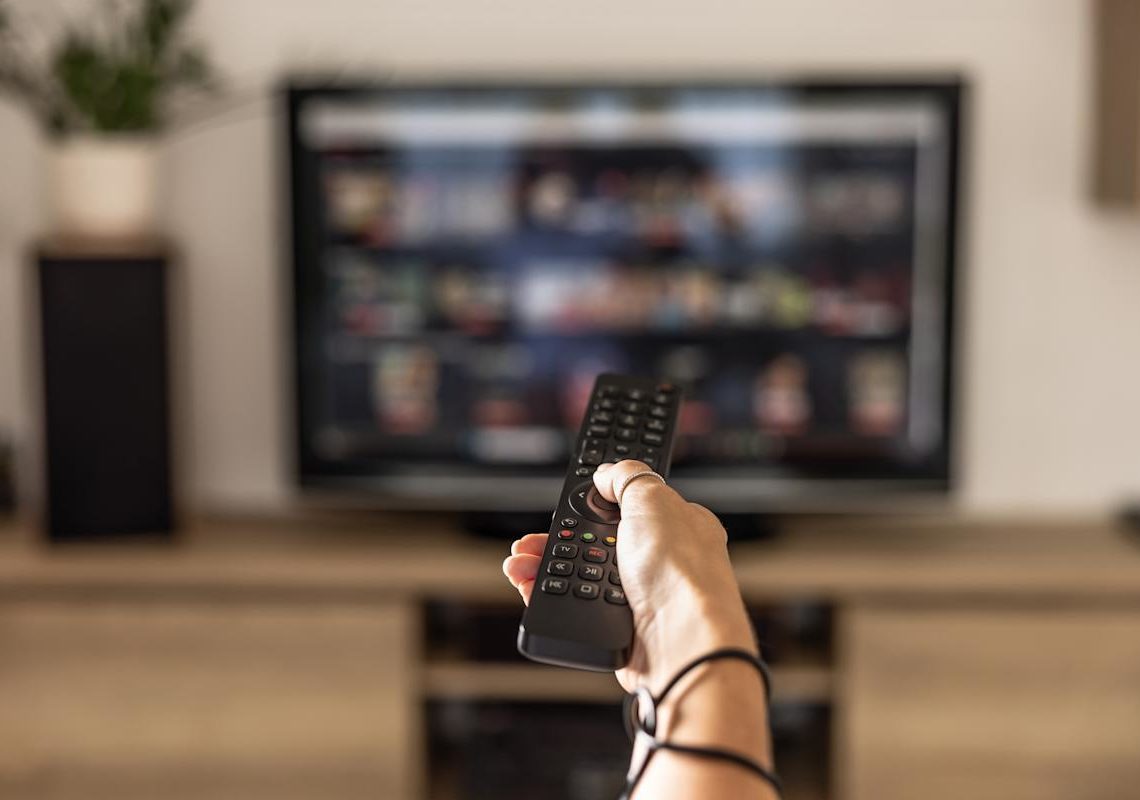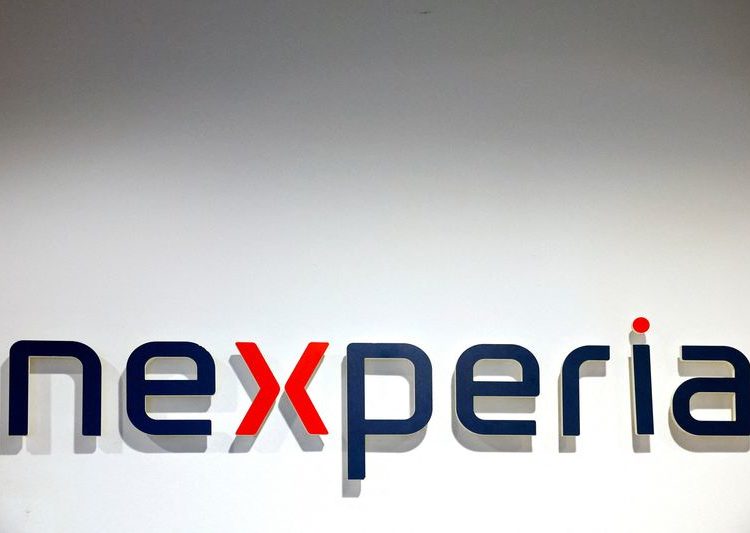Netflix rolled out dialogue-only subtitles this week, a new option for people who love watching shows with the captions on – even if they don’t actually need them.
The streaming service is catering to a large number of viewers who – for whatever reason – tend to turn on subtitles or captions even when they speak the language and can hear perfectly fine. The company’s traditional option – called subtitles for the deaf and hard of hearing – spells out when there’s a [phone notification ping], [rustling newspaper] or [indistinct chatter], which might not be what hearing people are looking for.
Netflix plans to add pure dialogue, same-language subtitles to its original shows going forward, in English as well as other languages. The new version debuted with the fifth and final season of “You,” the stalker thriller series starring Penn Badgley, according to Thursday’s announcement.
To try them out, select a language under the language picker menu. The original closed captioning subtitles will have “(CC)” listed next to the language.
Research shows there’s a sizable fan base for same-language subtitles. About a third of adults in the United States prefer subtitles when watching TV in a language they know, according to a February YouGov poll. They’re especially popular among young adults, the survey also found, with more than half of adults between 18 and 29 years old favoring them.
For those without hearing difficulties, closed captions fill in the gaps where poor sound quality or entertainers’ lack of enunciation may fail. A 2023 YouGov study found that about 4 in 10 subtitle users in the U.S. say the words enhance their comprehension of TV shows and help them understand accents, while roughly a third say they use captions when they’re watching in a noisy environment.
Streaming platforms seem keen on addressing those “What did they say?” moments. Apple TV automatically adds subtitles when skipping a show back more than 10 seconds. Roku has an “On replay” caption mode that displays subtitles after pressing the replay button.
The technology isn’t for everyone. YouGov research found that many still find subtitles distracting, complaining that they clutter the screen and don’t match the pacing of the visuals. Some shows have tried to ease viewers into subtitle use, seemingly to indoctrinate the caption-averse.
When it comes to foreign-language content, people generally prefer subtitles over dubbed content. Creative subtitles – such as the English translation that overlays the Thai words in the third season of “The White Lotus” and subtitles color-coded by language in “Pachinko” – can be seen as a bridge rather than a deterrent to consuming TV shows and films in different languages.
As “Parasite” filmmaker Bong Joon-ho famously said in his Oscars award speech for best foreign language motion picture, “once you overcome the one-inch-tall barrier of subtitles, you will be introduced to so many more amazing films.”
Related Content
You can read with a cat on your lap at this bookstore, then adopt the cat
What does it take to beat an evil empire? ‘Andor’ knows.
The Abrego García case: A timeline and assessment of key documents
The post Addicted to subtitles you don’t really need? Netflix hears you. appeared first on Washington Post.




